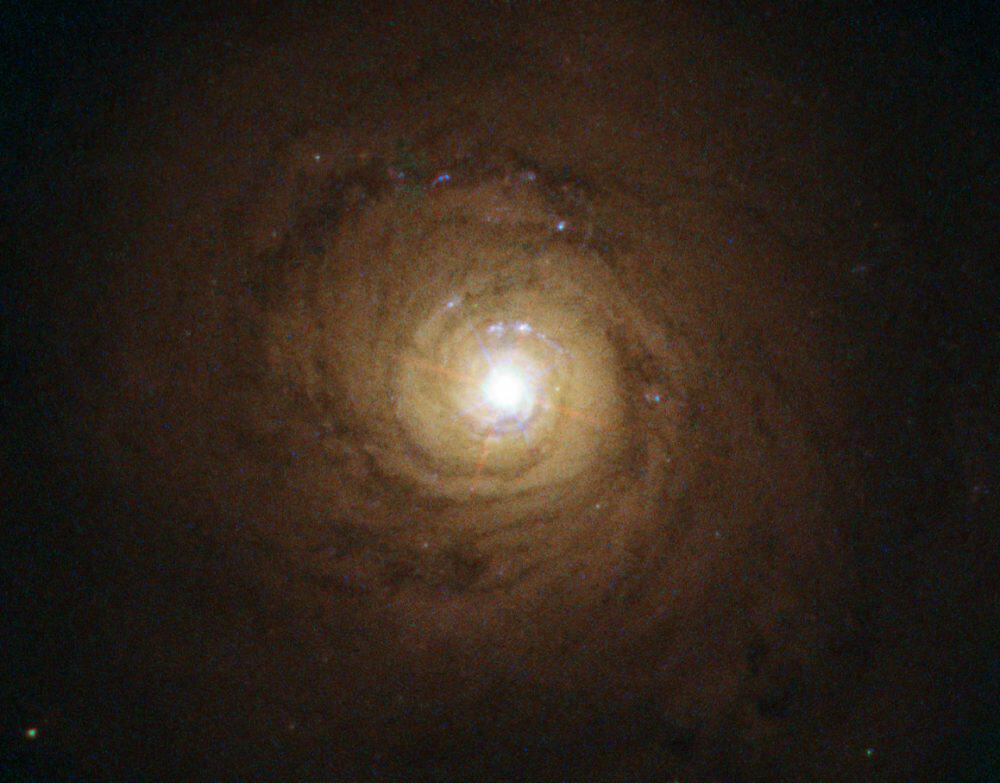The Cosmos with NGC 5548
NGC 5548 is a Type I Seyfert galaxy with a bright, active nucleus. This activity is caused by matter flowing onto a 65 million solar mass (M☉) supermassive black hole at the core. Morphologically, this is an unbarred lenticular galaxy with tightly-wound spiral arms, while shell and tidal tail features suggest that it has undergone a cosmologically-recent merger or interaction event. NGC 5548 is approximately 245 million light years away and appears in the constellation Boötes. The apparent visual magnitude of NGC 5548 is approximately 13.3 in the V band.
In 1943, this galaxy was one of twelve nebulae listed by American astronomer Carl Keenan Seyfert that showed broad emission lines in their nuclei. Members of this class of objects became known as Seyfert galaxies, and they were noted to have a higher than normal surface brightness in their nuclei. Observation of NGC 5548 during the 1960s with radio telescopes showed an enhanced level of radio emission.Spectrograms of the nucleus made in 1966 showed that the energized region was confined to a volume a few parsecs across, where temperature were around 14000 K and the plasma had a dispersion velocity of ±450 km/s.
